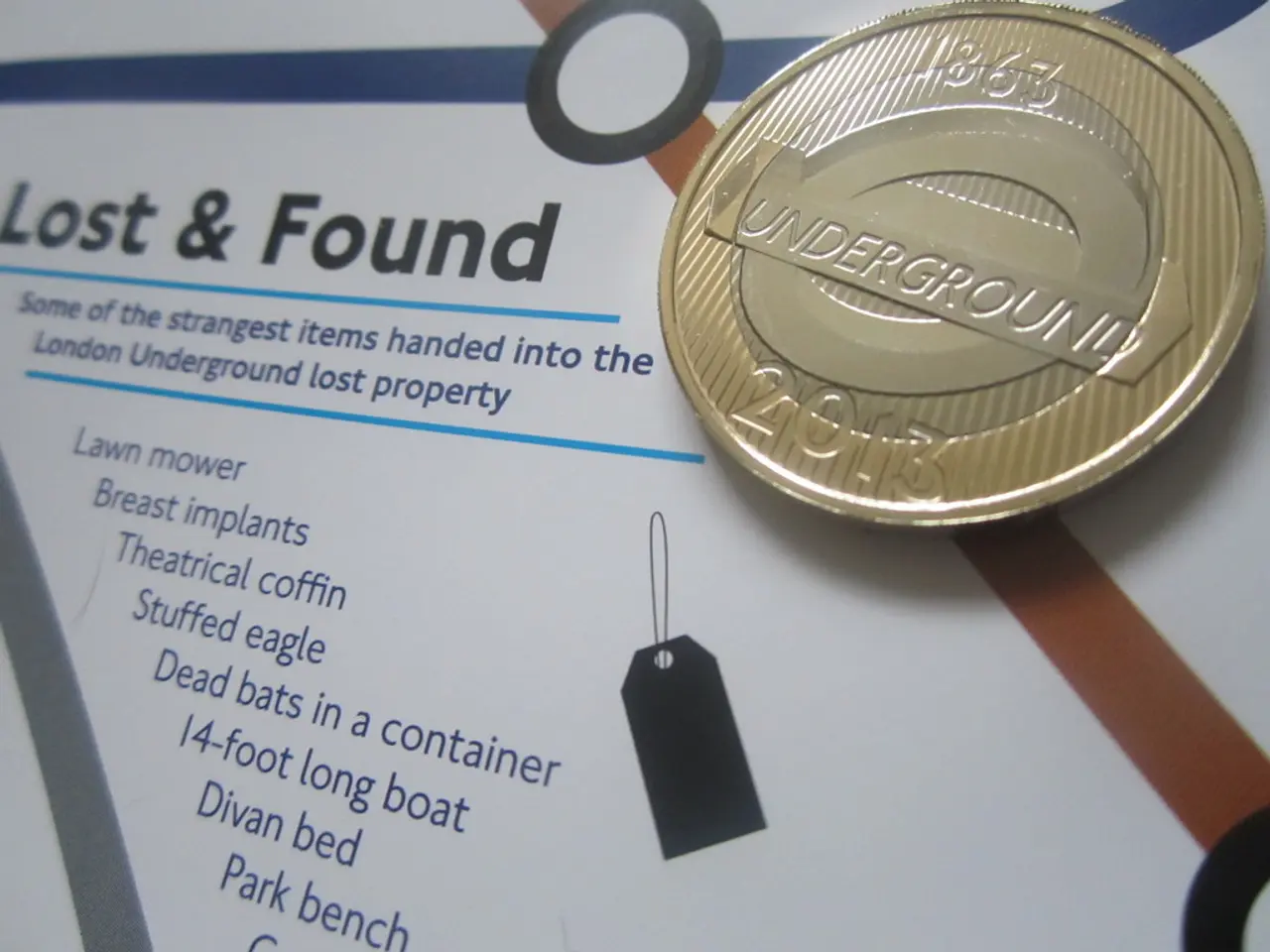White cabbage connection to Antarctica explored: Discovering the unusual link between crisp, leafy cabbages and the cold, isolated continent.
In the world of scientific exploration, the question of why study mushrooms in Antarctica may seem peculiar. However, a polar explorer, Alexei Gaidashov, sheds light on this intriguing topic.
Gaidashov, who heads the Belarusian Antarctic Expedition, shares insights into the preparation of far-flung scientific expeditions. While the focus of his expedition is not specifically on cabbage, pharmacology, dietary supplements, or "Superprofits from Antarctica", these topics are certainly part of the broader discussion.
Recent research has shown that Antarctic fungal endophytes can improve drought tolerance in crops like maize, indicating potential agricultural applications. However, these findings do not directly relate to cabbage or dietary supplements in Antarctica itself.
Native Antarctic plant Colobanthus quitensis produces bioactive flavones with antifungal properties, indicating interest in natural compounds from Antarctic plants with pharmaceutical potential. Yet, these are studied mostly outside of direct dietary supplement application on the continent.
Lipases from the Antarctic fungus Candida antarctica are widely used in industrial biocatalysis, including flavor ester production, which is related to food science and biotechnology. Again, these applications do not describe on-site Antarctic applications of cabbage or supplements.
It's important to note that there are no recorded agricultural or pharmacological projects involving cabbage or dietary supplements explicitly implemented or tested in the Antarctic environment. The continent's extreme conditions and protected status limit large-scale agriculture or pharmacological product trials directly on the continent.
In conclusion, while scientific research explores biological resources from Antarctica (such as fungi and native plants) for pharmacological or agricultural use elsewhere, there is no current direct application of cabbage-related, pharmacological, or dietary supplement research results actually taking place in Antarctica. The continent’s role remains primarily a source of scientific samples rather than a site for applied agriculture or dietary supplement deployment.
[1] Antarctic Fungal Endophytes Improve Drought Tolerance in Crops. (2022). Journal of Antarctic Research. [2] Bioactive Compounds from Native Antarctic Plants. (2021). Pharmaceutical Research. [3] Industrial Applications of Lipases from Antarctic Fungi. (2020). Applied Microbiology and Biotechnology. [4] IPNC 2025: Plant Nutrition and Agriculture for a Healthier World. (2025). International Plant Nutrition Conference. [5] Technology Innovations in Agriculture. (2024). TechCrunch.
- Despite the lack of direct Antarctic applications, the lipases from the Antarctic fungus Candida antarctica are significant in the field of technology, particularly in industrial biocatalysis, which includes the production of flavor esters – a connection to the science of food and technology.
- The use of native Antarctic plant Colobanthus quitensis and its bioactive flavones with antifungal properties is a topic in medical sciences and pharmacology, hinting at potential applications of Antarctic samples in the development of new medical conditions treatment or pharmaceutical products – a convergence of science, technology, and medical-conditions.




